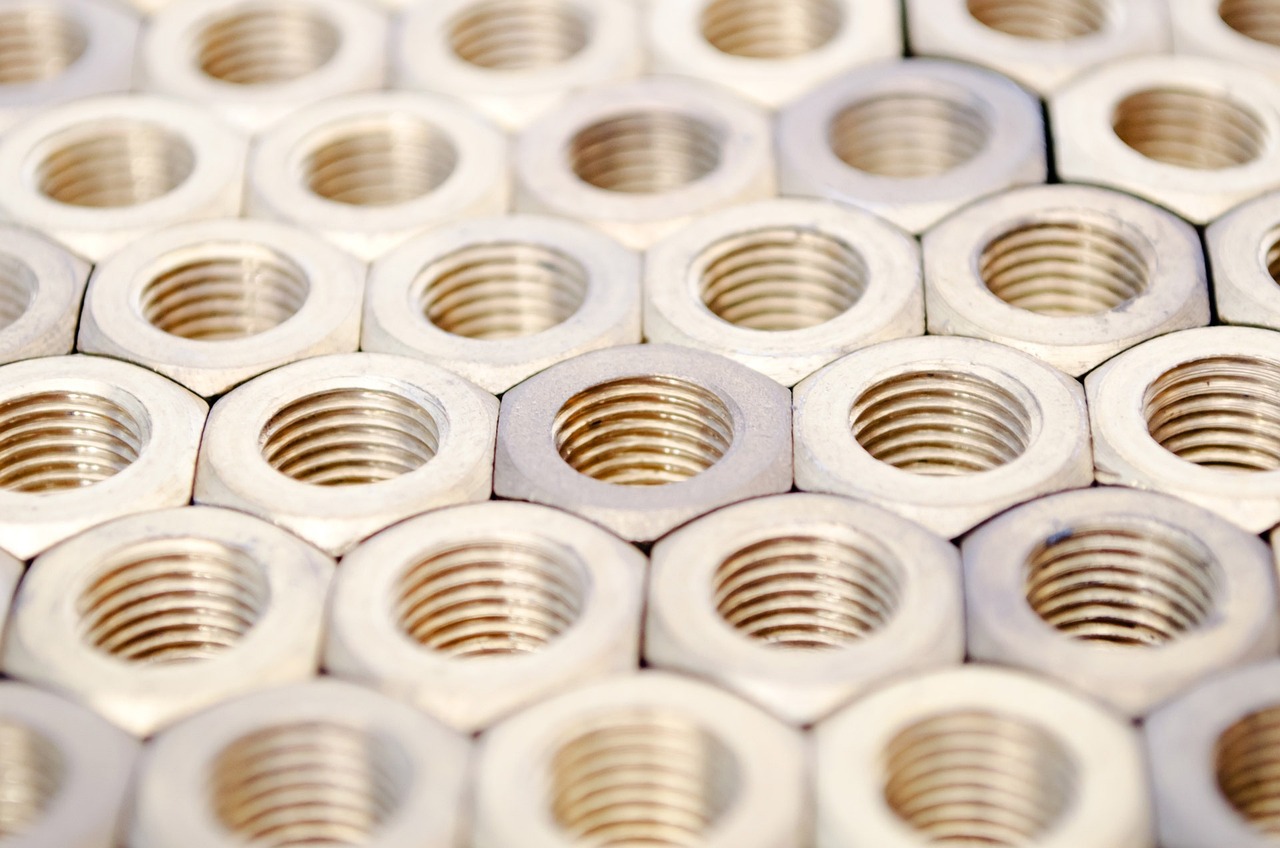- Home
- Industries
- Granule
- Coffee bean
coffee packaging Machine
Maybe you are more interested in coffee powder ,please click HERE
Sample bag
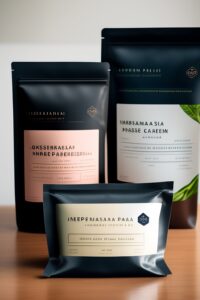

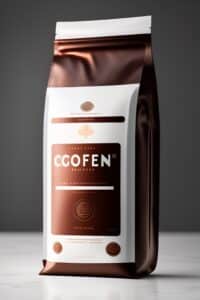
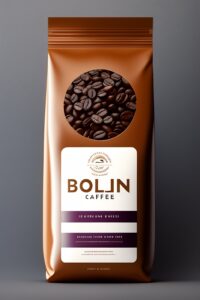


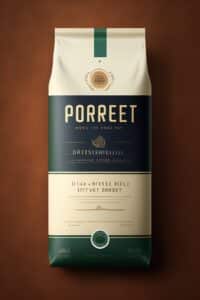
Machine Choice
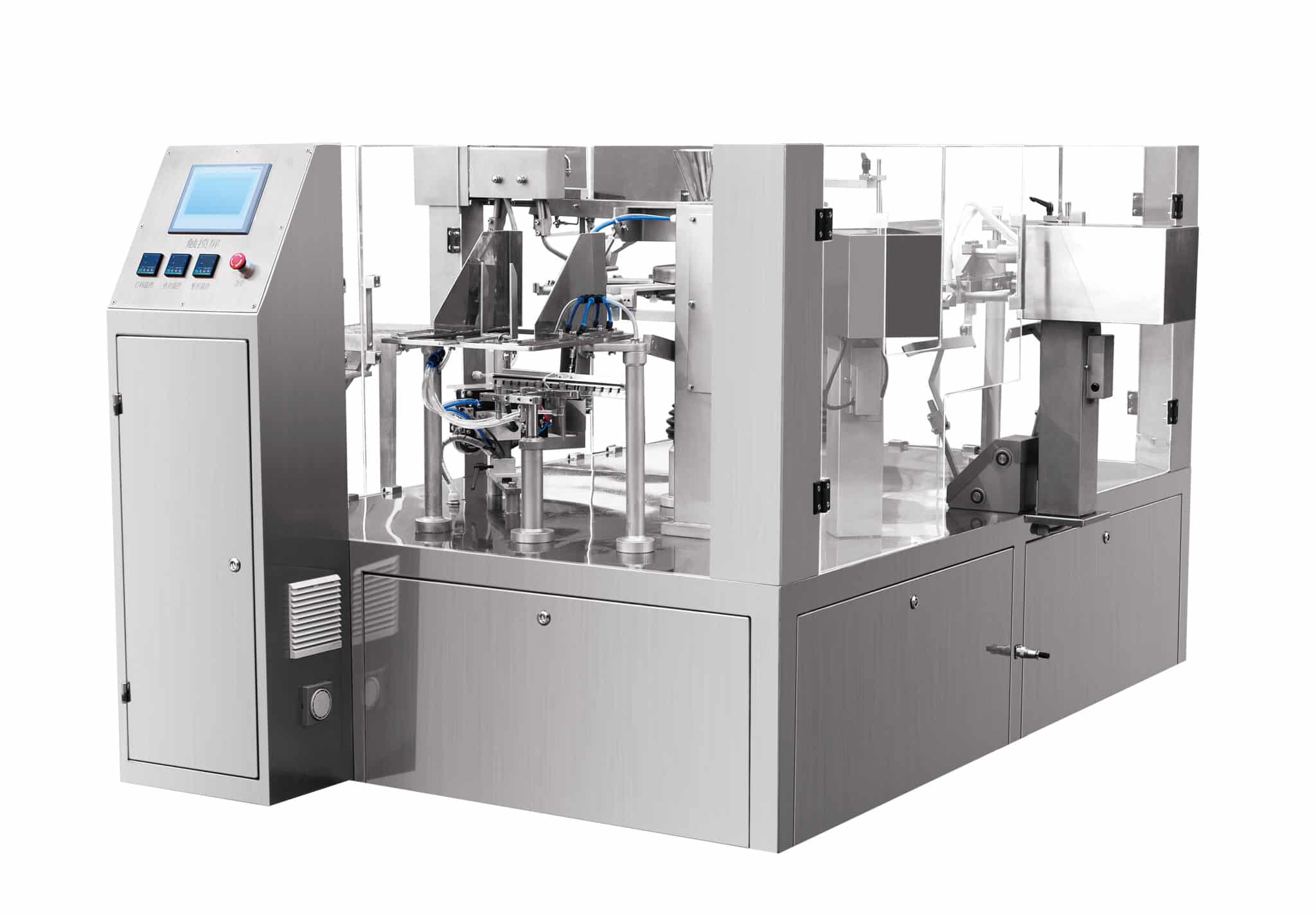
Rotating Premade Bag Coffee Packaging Equipment
Lintyco Premade Pouch Packaging Machine covers SS304 and adopts German/Japanese electronic components.Package up to 80 Bags/Min. We provide layout drawing services ,OEM service, and decent delivery time.
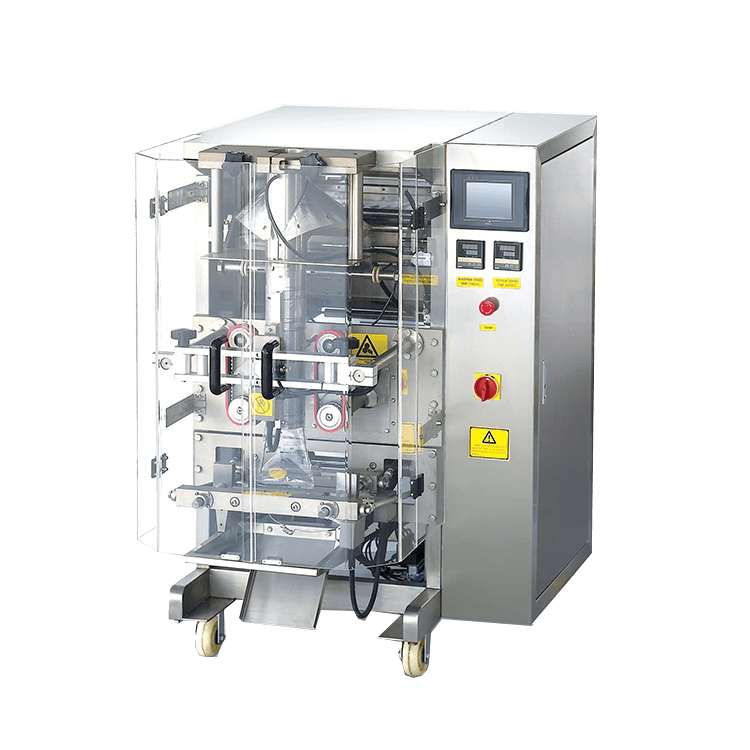
Vertical Form Fill&Seal Coffee Packing Machine
Coffee Vffs Machine, as a classic solution for coffee packaging, is also one of the choices. Package Up to 60 Bags/Min,Low price .If you don't care about how the product packaging looks, it's a good choice.
Ultimate FAQ Guide
- People use ground coffee bag filler to automatically fill and seal bags of pre-ground coffee. This is a common occurrence in retail coffee sales.
- Some Whole Bean and Ground Side by Side packages come with both whole bean and ground coffee in separate compartments within the same bag.
- Single-Serve Pods – Compact bagging machines can fill single-serve coffee pods that are compatible with pod-based brewing systems.
- Bagging tea leaves is a great way to package loose-leaf tea, even beyond coffee.
- Cocoa and Cocoa Powder are great for packaging natural cocoa beans or high-quality cocoa powder.
- Other dry food products, such as nuts, seeds, grains, and legumes, can also be used in bagging line formats with nuts and seeds.
- With bagging, you can automate the preparation of seasonings and spices from herbs and seasoning blends to specialty salts.
- A bulk supply reservoir brings roasted coffee beans to downstream automated processes via vibratory or auger delivery.
- We use an integrated digital scale that includes standardized rations for queued packaging with high precision.
- The programmable controllers control the filling volume per format to meet the specifications.
- Empty containers like bags or stand-up pouches are automatically fed into the filling station and placed where they are needed.
- Once the beans are weighed, a computer-controlled sealer immediately fuses the packaging edges to create a tamper-evident seal to maintain freshness.
- After packaging, the packs are ejected or transferred to other operations, streamlining the packaging workflow.
A coffee bag filling machine can pack around 10 to 100 pouches per minute, depending on the bag size and fill weight. We also have high-speed and output models for big operations.
These precision packing machines can get super precise, usually within a few grams of the target fill weight. Advanced models use load cells and other controls to ensure consistent filling.
- Heat sealing uses targeted heat to permanently melt and bond packaging films without air pockets.
- Ultrasonic sealing uses high-frequency vibrations to bond materials on a molecular level while evacuating air.
- Vacuum sealing helps remove any excess atmosphere before an adhesive-backed film forms an airtight enclosure by applying pressure.
- Valves and vents allow for one-way degassing to evacuate gases that are mobilized by vacuum before permanent closure.
- These special films have self-vent micro-perforations that open for residual gas escape but reseal for extended stale resistance.
- To prevent staling catalysts, degassing valves allow for oxygen evacuation before final closure.
- Gas flushing creates an inert nitrogen atmosphere that replaces air without changing its smell or degradation.
- Vacuum packing sucks out the air and crushes up the packaging, getting rid of all those pesky oxygen pathways.
- The specialized degassing probes vent residual gases while vacuum nozzles withdraw the atmosphere.
- The gas inlet manifolds flood the headspaces with freshening nitrogen barriers to freshen them up.
- Robust vacuum chambers fully immerse packs in pulse evacuation cycles.
The safety features include emergency stop buttons, guarding around moving parts, automatic shutoff if doors are opened, etc. These measures minimize the risk of injury or contamination during operation.
Labellers, conveyors, weighers, and other machines can work with packing equipment to automate the entire packaging process. Integrated systems help maximize efficiency and productivity.
Machines have to meet standards like CE, UL and ISO to ensure safety, quality, and hygiene. The specific certifications for food contact equipment may depend on local regulations.

A packing machine installation usually takes 2 to 5 days depending on the complexity. It takes time to ship, set up, test, and train. Most suppliers offer installation and commissioning services.
Suppliers usually offer operator training, programming help, maintenance guides, and technical support for packing equipment. Some offer additional service contracts for ongoing support.
- Machines work non-stop at consistent speeds that match roastery output or demand surges.
- Uniformity – Robotic accuracy fills each pouch identically to the net-weight specs it’s labeled with.
- Quality is everything! We use precise amounts and techniques like vacuum and gas-flushing to preserve freshness.
- To reduce waste, we plan to reduce excess ground with digital target metal detectors and CCTV to prevent rejections.
- Robust machines require fewer operators to run multiple shifts compared to manual labor.
- Safety – Automation helps keep production areas safe from hot and moving parts.
- Efficiency is maximized throughputs without any manual output caps. Data supports predictive maintenance and downtime reduction.
- Programming and sensor control ensure consistent fill weights and packaging after each run.






